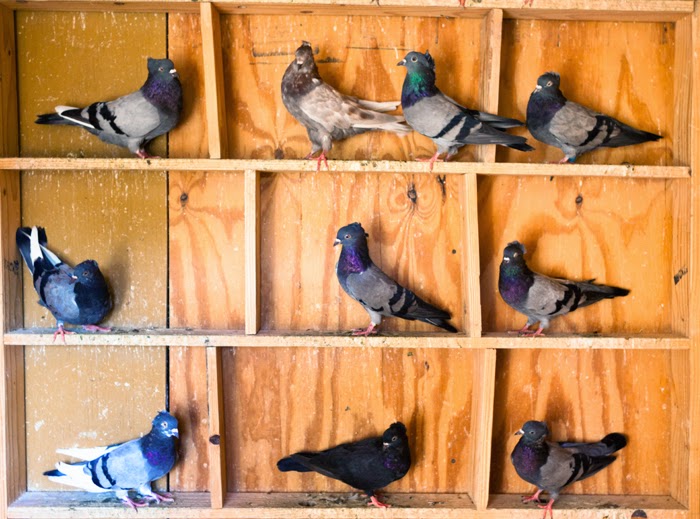 |
| Quantum pigeons do not roost in pairs. (Courtesy: iStock/slobo) |
First there was Schrödinger's cat, now an international team of physicists has come up with a new animal-related paradox involving "quantum pigeons".
For nearly a century students have struggled to understand the many counter-intuitive implications of quantum physics. Perhaps the most famous paradox is Schrödinger's cat, whereby a cat being both dead and alive at the same time illustrates the fact that a particle can exist simultaneously in two quantum states.
Now, Jeff Tollaksen of Chapman University in California and colleagues in Israel, Italy and the UK have proposed an equally bizarre scenario dubbed the "quantum-pigeonhole effect". The paradox begins with the observation that when you put three pigeons in two pigeonholes, there will always be at least two pigeons in the same hole. But according to the team's quantum analysis, it is possible for none of the pigeons to share a hole.
"It's one of those things that seem to be impossible," says Tollaksen. But it is a direct consequence of quantum mechanics and, he adds, "It really has immense implications."
Classical physics is deterministic. This means that measuring the initial state of a system will, in principle, tell you everything you need to determine the final state. But in 1964 Yakir Aharonov of Chapman University and Tel Aviv University helped discover that in quantum mechanics, you can choose initial and final states that are entirely independent, Tollaksen says.
Now Aharonov has teamed up with Tollaksen and colleagues to use this and other concepts of quantum mechanics to postulate the quantum-pigeonhole effect. They reckon that the effect will arise when an observer makes a sequence of measurements while trying to fit three particles in two boxes.
Physics World: Paradoxical pigeons are the latest quantum conundrum

Comments